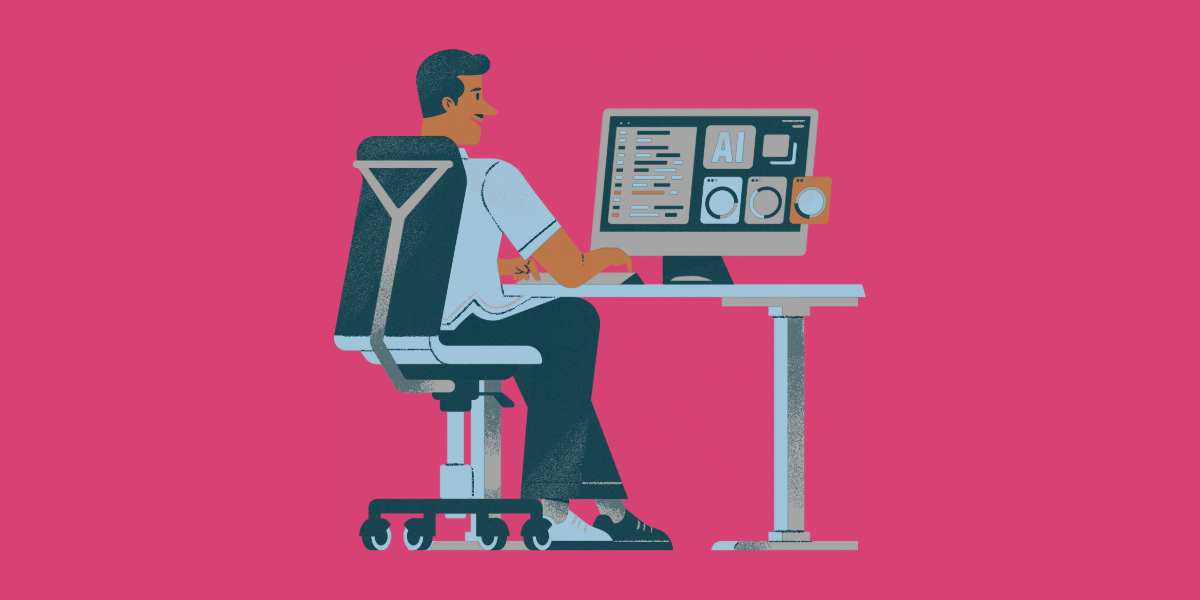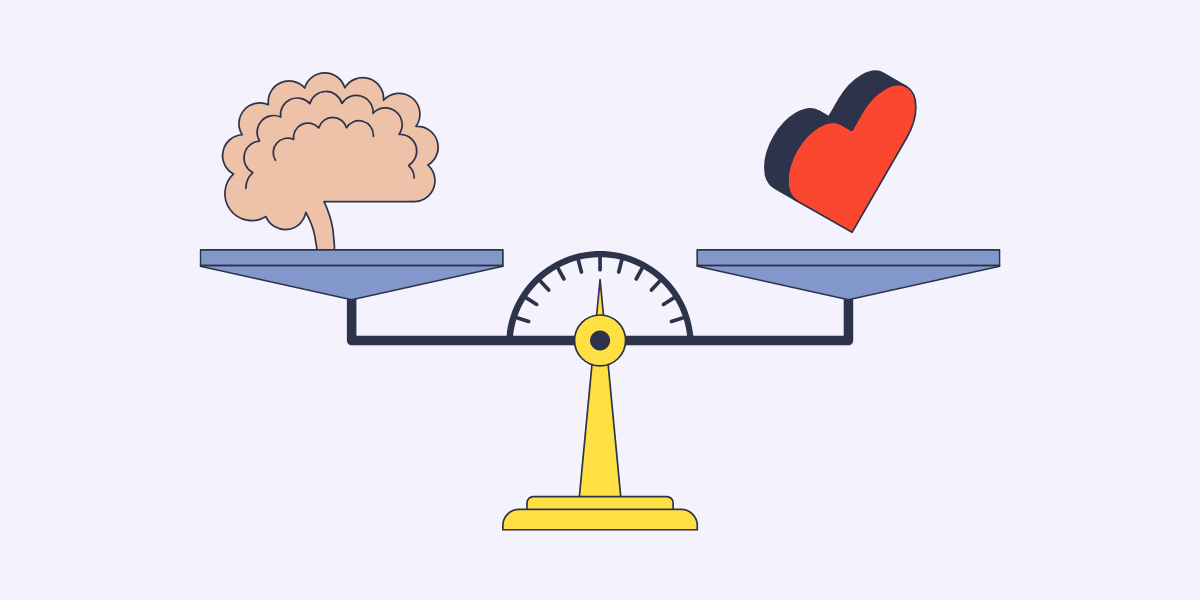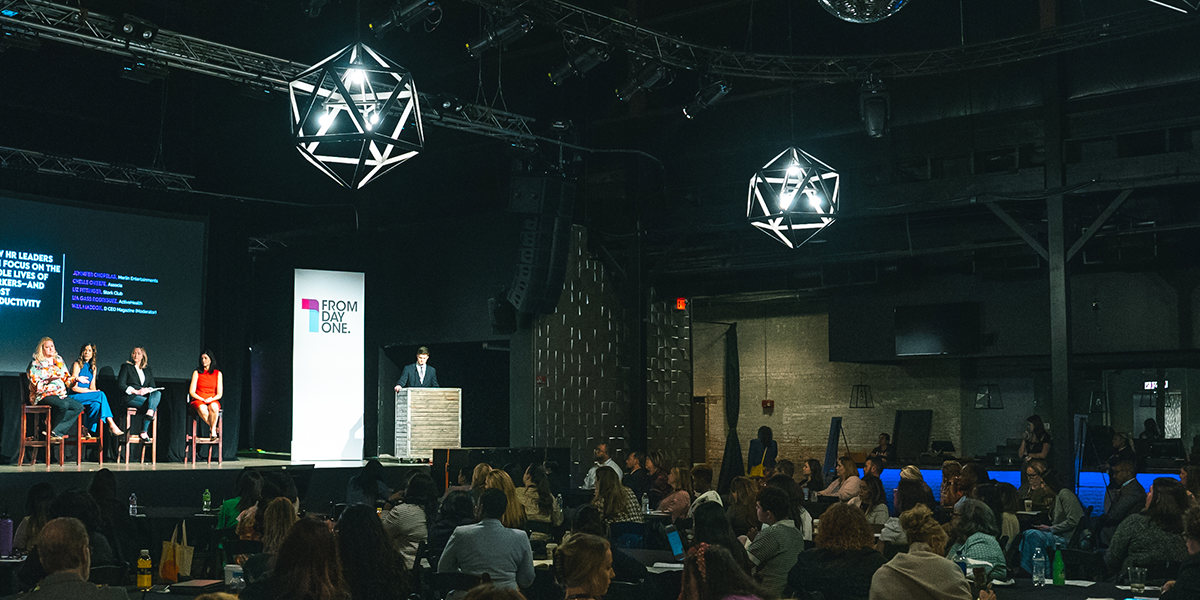As of 2024, 64% of recruiters are already using AI in their recruitment process and hey, that’s a pretty impressive number! But are businesses utilizing AI to its fullest? Are they being mindful about AI implementation in their business where they do use it? AI has many use cases, and new ones pop up each day, but the connection between AI and Diversity, Equity, and Inclusion (DEI, sometimes DEIB for Belonging) is woefully under-explored.
There’s already plenty of anxiety surrounding AI. Will it take away jobs? What kind of jobs are at risk? Will it take away all jobs eventually? Business leaders know AI will not be a replacement, but rather a resource and amplifier for human talent. AI is not a threat, but an ally, particularly when it comes to things that humans aren’t super good at, like unconscious bias.
For instance, AI can help automate the recruitment process from preparing onboarding checklists to sending timely reminders, but it can also make recruiting more accessible for candidates by making it easier for candidates to virtually access the information they need easier, and at their own pace. AI is making communication between teams better. Candidates and onboarding buddy coordination is now seamless. It is for this reason that more and more recruitment drives are now teaming up with AI for smarter hiring.
68% of businesses using AI also employ it in their onboarding protocol, and that’s just the tip of the iceberg that is employee experience!
AI has far more potential than we’ve unlocked so far, and of course, AI can play a crucial role in promoting DEIB within a business!
Here are some ways businesses can start with AI to drive employee satisfaction:
Employee engagement:
Workplaces can often feel uncomfortable and difficult to navigate for employees from marginalized communities and less-represented backgrounds, where they may not feel as confident or “important” enough to speak up. A business that prioritizes DEIB understands that everyone is an equal stakeholder and important for the workplace ecosystem and takes the steps needed to make everyone feel supported.
AI can help! With the help of feedback collection and surveys, AI can collect and interpret data to map an employee’s sentiments, interests, discomforts, and even their pain points. This data can then be used to formulate strategies for a more inclusive workplace.
Removing bias:
Even in a business that prides itself upon inclusivity and diversity, human recruiters still carry a certain unconscious bias against names, race, age, or gender. AI can be programmed to overrule those biases and only filter out applications based on professional requirements. And that’s not all! The objective nature of AI can be used post-recruitment as well. Performance reviews and employee assessments passed via the filter of AI will also be free of subjective bias or personal preferences.
However – it is important to note that the algorithm can develop a bias based on the data it has been trained on, which is why constant evaluation and updates are required to ensure AI and diversity and inclusion go hand in hand.
Got 30 minutes? Good! Join PowerToFly in this crisp and insightful discussion on the effect of AI on DEIB.
Personalized training:
Wondering how to include everyone on your team and grow as a unit? The answer may not lie in team spirit, but rather in seeing each individual for their own talents and methods. When looking to create a truly inclusive workspace, the learning and development modules meant for employees should be tailored for each talent and made to suit their unique style.
No surprises here – this extent of personalization is possible with AI!
Not only does AI have the data required to help you make a plan on what works with who, AI can also help you gauge the efficiency of these plans and automate commands to make real-time changes in the output whenever an employee requests training.
Accessibility:
Truly want to make an inclusive work space for all? Start with creating a place where everyone is comfortable getting the information and resources they need. Accessibility covers a wide variety of topics: from font readability, to translators, to alt-text, design choices, availability of information...the list goes on!
Language shouldn’t be a barrier, nor should time zones or regions. AI-powered chatbots can bridge the gaps that exist when your only point of contact at a company is a human. Chatbots are accessible 24/7, and with AI, they can be dynamic, flexible, and highly accurate. Any query your employee has can be answered based on their preferred communication style at their own pace.
Leadership and succession planning:
AI can help foster more diverse workspaces as data learning gets more and more fine-tuned to remove bias and gets better at finding diverse talents for a role. AI can be trained to identify qualified candidates from diverse backgrounds, putting highly qualified candidates front and center, increasing their shot at career advancement.
Moreover, for your employees already within the company, AI will help evaluate your workforce and help find the right person for a leadership position, since AI doesn’t base its judgment on unconscious bias. Keep in mind, AI is rooted in hard data, previous performance reviews, skill assessments, and sentiment mapping, so you’ll probably want to supplement with some of the intangible observations too! Business leaders can also rely on AI insights and automation commands to make the business more future-ready.
Downsides? What downsides?
AI does seem to have a lot of points in its favor, but AI is far from perfect. Businesses need to consistently reevaluate the algorithm or tool they’re using to ensure it hasn’t developed a bias against certain keywords. Data privacy can also be another concern, so work with your IT and HR departments to ensure all the tools are secure. There is still a strong need for human touch to ensure that AI delivers as expected.
Read how human touch is indispensable as we begin leveraging AI in talent management.
AI and the human touch
Businesses can ally with AI to create an ecosystem for work like never before. However, they have to remember that transparency is inclusivity, and the usage of AI has to be purposefully communicated to their employees with appropriate discretion. Employees may particularly feel hesitant to incorporate AI, so it’s important to stress the potential of this technology and that it’s being used to augment processes in their favor, not replace them.
By informing their employees and maintaining full transparency over the usage of AI, businesses can build productivity as well as trust.
AI shows promise. AI is not just the future, it’s already the present. In fact, even some of the most commonly used tools like ChatGPT make a strong case for AI and diversity’s union. In our recent study on ChatGPT’s implication for workforce and DEIB, we found out areas that ChatGPT has positively transformed and also a few points that may still require human brains and amends. Curious? Check out ChatGPT and DEIB.
At PowerToFly, we are committed to creating a world that is truly diverse and inclusive in the way it works. If you are an organization looking to leverage AI to develop a diverse and competent force, PTF DEIB services can help you make the transition to a smarter and more efficient future.




